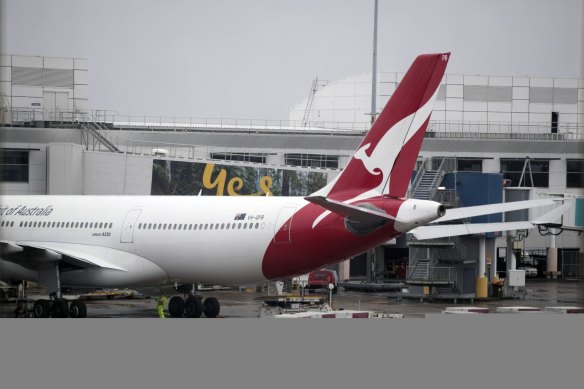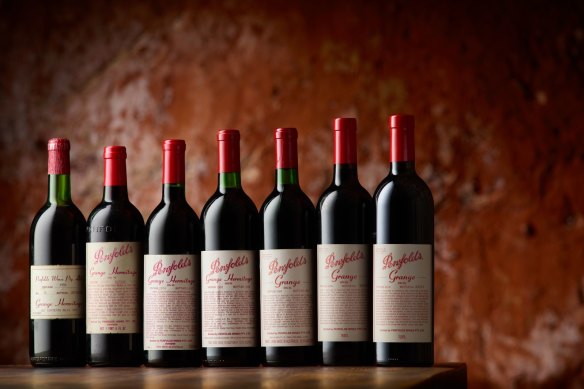Drive past Grumpy Donuts in Camperdown on any given day and you’ll see a line snaking from its serving window. The buzzing donut shop opened in 2016, and was partly responsible for spearheading Sydney’s obsession with iced and glazed wheels of deep-fried dough. Now, there’s another spot you can pick up Grumpy Donuts’ carefully calibrated chocolate- or strawberry-iced and vanilla-glazed donuts. Founders Elise Honeybrook and Scott Clark – who also own supremely popular Marrickville cafe Valentinas – have recently brought Grumpy Donuts to Marrickville, opening in a red-brick factory on the same street as the Bob Hawke Beer & Leisure Center and Brickfields’ Marrickville bakery.
While there are plans afoot to fit out the space with tables and chairs, as well as a centralized production kitchen, for the moment it’s no frills, with crates of donuts, a counter stacked with boxes in Grumpy’s signature green and pink, and a coffee machine at the front. A new addition to the Grumpy experience are chicken-salt-sprinkled hash browns and breakfast burritos, which are made in a food truck at the back. You can get a vegan or bacon version, or a sausage one made using sausages from nearby Whole Beast Butchery.
“It’s just sausage, egg, cheese and two hash browns,” Clark tells Broadsheet.
Broadsheet Access members get special tables at busy restaurants, tickets to exclusive events and discounts on food, coffee, brand offers and more.
Find out more
“It’s just so nice having the soft, fluffy egg and then you bite into a real crispy bit of hash brown,” says Honeybrook. “We started Grumpy because we would travel and hang out in LA or New York, and we’d eat donuts there. And now breakfast burritos … I think that’s the next thing we’d always be interested in when we went overseas, and people aren’t really doing it [as much] here.”
Grumpy’s full range of donuts is available in the new space, as are rotating specials. Honeybrook and Clark say the sleeper hit is the blueberry fritter, which wasn’t selling when they launched in 2016 – but slowly punters have come around to it. One customer was even inspired to name their dog “Fritter”.
“Once one person tried it, then they’d get their friend to try it… it’s ugly delicious,” says Honeybrook. And the strawberry sprinkle donut is the most popular “for sure”.
The new centralized kitchen will give the couple – and their company, Deep Fried Hospitality – a chance to open shopfronts in Sydney’s north, west and south, and deliver fresh donuts from Marrickville. It’ll also give Clark space to experiment with flavours.
Honeybrook and Clark say it’s nice to be back in the world of donuts.
“It feels really comfortable,” says Honeybrook. “It’s how we started, it’s the thing that we know. Valentinas we built with a team, whereas Grumpy we built with literally just the two of us.”
Grumpy Donuts Marrickville
31 Sydney Street, Marrickville
Hours:
Mon to Fri 8am–3.30pm
Sat & Sun 9am–4pm
grumpydonuts.com
@grumpydonutsofficial










